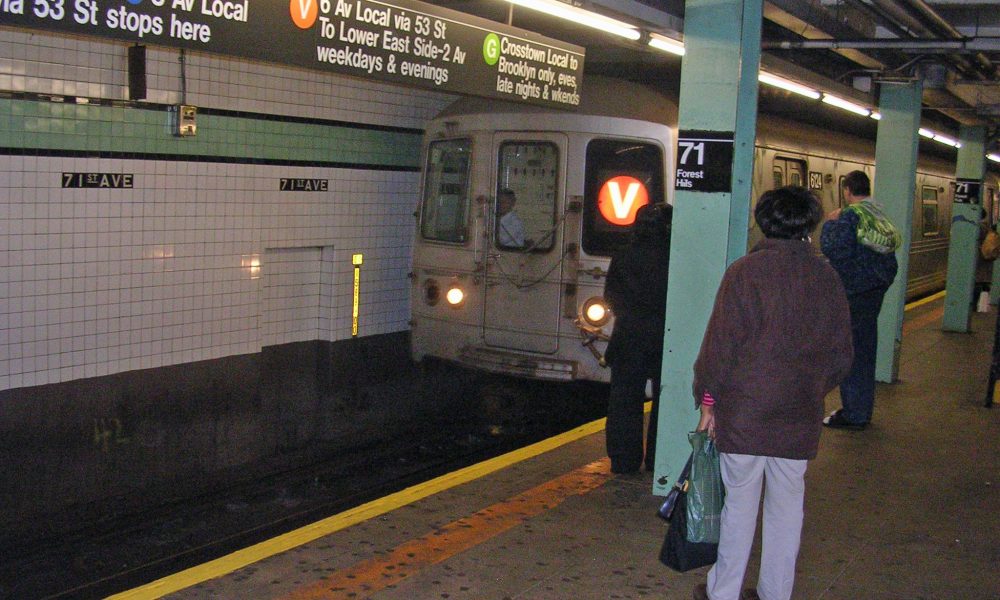There’s an invisible killer on Stony Brook University’s campus that claims up to a billion birds’ lives a year in the United States alone.
Windows.
“The problem is birds are dying in unbelievably large numbers flying into windows,” said Four Harbors Audubon Society conservation chair John Turner, at a speaking event last year. “The species involved run the whole gamut taxonomically, from birds of prey, to small warblers, to woodpeckers.”
Bird deaths from hitting transparent and reflective windows are one of the biggest quantifiable man-made killers other than habitat loss and cat predation. According to a 2014 study, 365 million to about one billion birds die each year in the United States from striking windows.
Birds are unable to see windows and fly right into them, usually headfirst, and they often die from the trauma. Bird strikes happen year-round, but most occur during migration season, when birds unfamiliar with the area pass through. Stony Brook’s campus is located along the Atlantic Flyway, a major migratory path for birds every spring and fall.
During the migration season, students have found bird carcasses underneath windows of campus buildings like Social and Behavioral Sciences. Two freshman students — Katherine Houston and Garret Van Gelder — have been contacting environmentalists and architects since last semester to explore how to make the campus more bird-friendly.
For Stony Brook’s science-centered Earth Week, they will hold a bird-friendly window conference at the university to educate students and staff about the issue.
“We have this body of voices, we have ecologists, we have conservationists, we have architects and people involved in politics and administration and it’s very interesting,” Houston said. “Garrett and I are more trying to facilitate the conversation between all of these different voices and these different types of people.”
Birds are already vulnerable to climate change and habitat loss, Michael Schrimpf, a Ph.D. student and avid bird watcher at Stony Brook, said. Long Island and New York City are right in the middle of the migration paths of many birds.
“If you go to the south shore during migration, especially fall migration, you can literally just watch birds streaming past on the south shore,” Schrimpf said. “You can just watch hundreds of birds flying by in the span of an hour. Thousands, sometimes.”
John Turner, the conservation chair, has been giving talks across Long Island about the dangers windows pose to birds. He said that birds, unlike humans, can see ultraviolet light. Bird-friendly window designers have used this to their advantage by designing glass with an ultraviolet coating.
Turner and Four Harbors Audubon placed UV stickers on the low buildings of Stony Brook’s School of Marine and Atmospheric Sciences, a cluster of one-story buildings surrounded by forest.
“56% of the collision mortality occurs basically in 1-3 story buildings, like this building we’re in now,” Turner said at the guest lecture last year, in SoMAS’ Endeavor Hall. “This building’s notorious — had been notorious for killing birds.”
Since placing the stickers, bird mortalities have decreased, he said. He also placed stickers on the windows of Brookhaven Town Hall in Farmingville, and estimates bird deaths around that building have plummeted by 90%.
Over half of mortalities are from low-rise buildings, or buildings with 4-11 stories. Most of the remaining half are from residences, with windows that reflect low bushes and fool birds into flying into them. Around 1% are high-rise buildings.
There are no federal laws mandating windows that birds can see, but other countries and some U.S. states and cities have taken some action. According to the U.S. Fish and Wildlife Service, “Toronto’s Bird-Friendly Development Guidelines developed by FLAP became mandatory for all new construction in 2010, and many U.S. cities have followed suit with development of similar guidelines and programs, including: Chicago, New York, Minnesota, Portland, Oregon, and San Francisco.”
Bird strikes have been noted for decades, even at Stony Brook. In 1974, the New York Times wrote about birds dying by the hundreds on campus. Right now, no data exists regarding how many birds die at the university specifically, which is something Van Gelder wants to change.
“We want to get a body of students to get up a little earlier and go around some of the buildings, photograph any strikes they find,” Van Gelder said. “We’re trying to build up a data set so that we have a picture to look at, see which buildings are the most problematic.”
Van Gelder said this would also give him “something to say about how this a problem on Stony Brook specifically.”
When Stony Brook announced plans for a new engineering building on campus, Houston and Van Gelder took notice. They’d already seen dead birds beneath the windows of buildings like SBS those in SoMAS. They worried that the new building would have reflective glass like much of modern architecture does.
Houston and Van Gelder want the university to make a commitment to bird-friendly windows early in the new building’s planning stages, and started a petition for students to sign.
College campuses are a good place to fight for bird-friendly windows, the bird collisions campaign director at the American Bird Conservancy, Christine Sheppard, said.
“I’ve talked to people who have been threatened with losing their jobs if they continued to try to do something about a building that was killing birds,” she said. “And that doesn’t happen in universities. You can’t fire students for bringing up uncomfortable issues.”
The director of campus planning, John Fogarty, said the new building is in the early planning stages, but its likely location is the wooded area southwest of the engineering quad and south of Campus Drive. Trees would need to be cleared for it.
Houston and Van Gelder said their main project is the bird conference at the moment, since the engineering building is unlikely to be built within the next few years.
The conference will take place on April 16 from 9:00 a.m. to 1 p.m. in 120 Endeavor Hall and will feature speakers John Turner, John Fogarty, New York Assemblyman Steve Englebright, bird-friendly architects and members of the New York City Audubon Society.




Comments are closed.